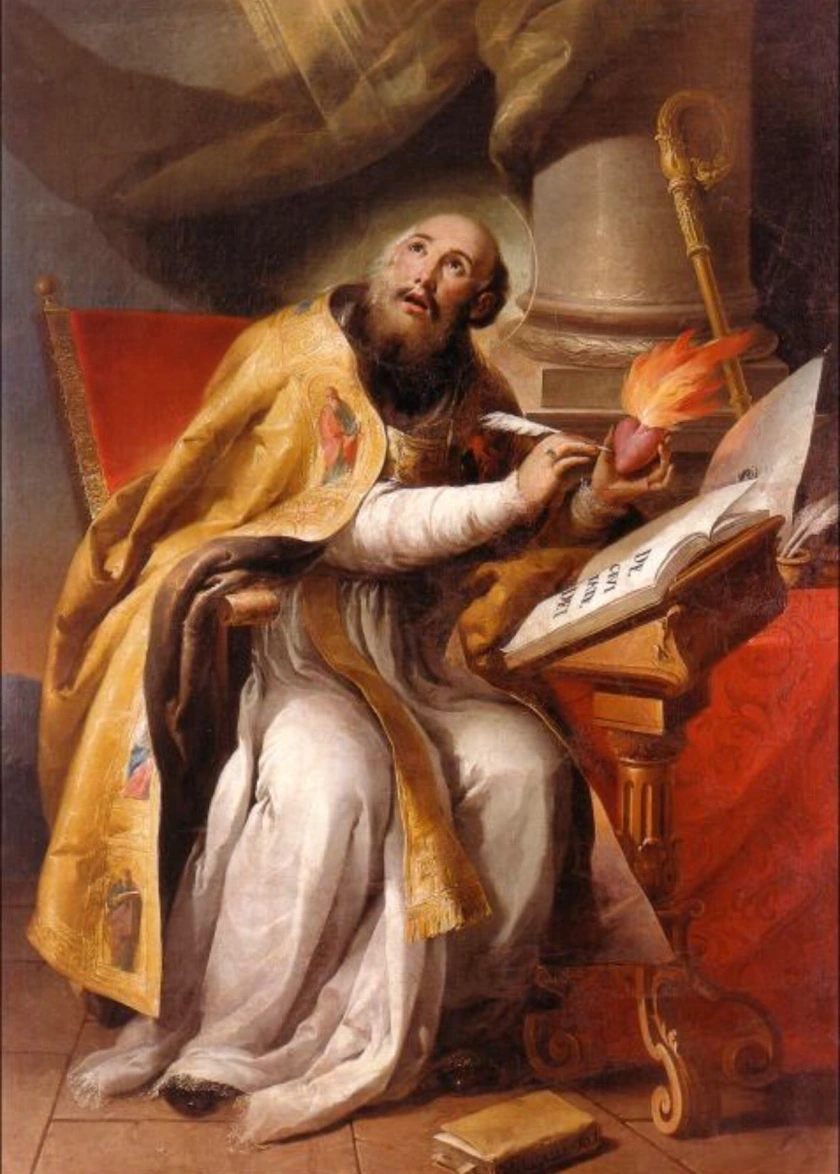One of Rabbi Yeshua’s original twelve shlikhim (Apostles)
The Jewish tradition parents follow when giving their new baby a name is extensive. So why would Shimeon’s parents give their other child, Shimeon’s brother, a Greek name, Andreas? At the human level, they were Galileans. Alexander the Great had spread the Greek language and culture over most of the world as it was then, and Shimeon’s family was obviously open to both Jewish and Greek culture.
But God, as always, had a higher plan. Andreas’ brother, the man Rabbi Yeshua called Rabbi Kefa, the rock on which he would build his church, represented the Church’s inherently Jewish identity. But St. John Paul II observed in Fides et Ratio that, “Faith and reason are like two wings on which the human spirit rises to the contemplation of truth; and God has placed in the human heart a desire to know the truth—in a word, to know himself—so that, by knowing and loving God, men and women may also come to the fullness of truth about themselves.” What better way to remind his flock that his Mashiakh would teach both love Mt 22:37–40 and understanding Jn 10:38.
St. John Paul II had described faith and reason as “two wings” indicating that they are always found together Mt 4:18. Pope Benedict XVI observes (p.60), “It is certain that it is partly because of the family tie between Peter and Andrew that the Church of Rome and the Church of Constantinople feel one another in a special way to be Sister Churches.”
Pope Benedict XVI summarizes (p. 64): “The Apostle Andrew, therefore, teaches us to follow Jesus with promptness, to speak enthusiastically about him to those we meet, and especially to cultivate a relationship of true familiarity with him, acutely aware that in him alone can we find the ultimate meaning of our life and death.”

